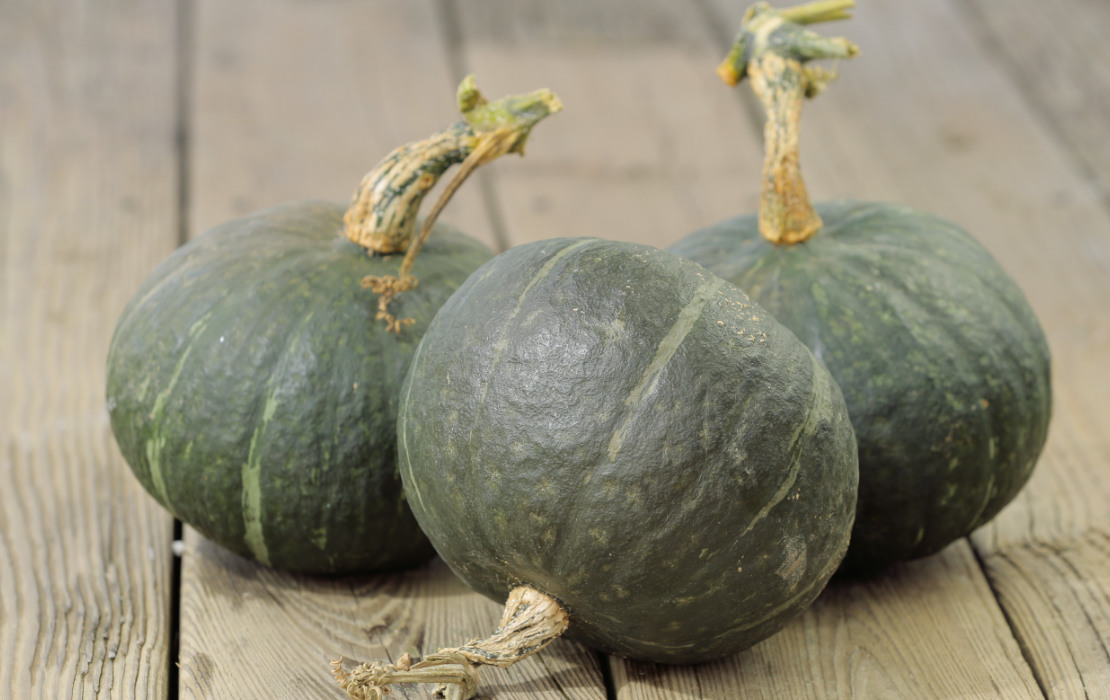

A moist stuffing mixture would be best to offset the dry texture of this squash. Stuff it! The large empty cavity, and the fact that you can eat the skin, makes this a good candidate for stuffing.Mash it with butter, cream, and a little sweetener like you might for a sweet potato.Good for moist cooking techniques like stews, curries, and soups where you would add it it in chunks like a potato.Sweetness: No detectible sweetness and was mostly starchy. Reminiscent of a potato or unripe plantain. Texture: Smooth texture, but very dry despite oiling it well for roasting. Red Kuri Squash Information Cooked Red Kuri Squash Overall, despite the enjoyment I got from purchasing this cutie, it was my least favorite squash of the bunch due to it’s dryness and starchiness. There was a large cavity once I cleaned out the seeds and guts.
#Butternut vs buttercup squash skin#
It was quite firm and hard to cut (until I figured out my serrated knife as a saw hack.) The skin was surprisingly quite thin. The raw squash flesh was bright orange in color with really fat seeds. It looked like a tiny pumpkin I loved it’s orange coloring! The name was appealing, too. The red kuri squash was an exciting purchase. Winter Squash Round-up & Taste Test Red Kuri Squash Raw Red Kuri Squash The only two squash where the peels seemed very tough and inedible where the acorn squash and the butternut squash. Most of the peels were fairly edible, at least as long as the pieces of squash were well roasted. Once the squash is a little caramelized, brown, and fork tender, you’re squash will be cooked! This ensured the final product was tender before it browned too heavily (i.e., you’re not going to burn it this way!) Check the squash every 15 minutes and give it a stir or flip. I found that 375F degrees for about 30-45 minutes worked well. Roasting the squash at a low-ish temperature (relative to other roasting temps) allowed the squash to cook through before caramelizing. Otherwise, the rest of the squash were easy to peel. It was actually a pain, very frustrating, and I hated peeling the acorn squash. Again, the only variety that gave me an issue was the acorn squash because it has such deep grooves so that it was difficult to get the squash peeled. I used the empty seed cavity to help me grasp the squash while using my peeler. Peeling the squash was easier after I cut each fruit in half and gutted them.
#Butternut vs buttercup squash plus#
Only the acorn squash gave me trouble and I had to use my chef’s knife plus some force by hitting the bottom of the squash on the cutting board until the knife got through. I found that a trick for cutting through tough squash was to use my chef’s knife to cut halfway through then I used a heavy serrated bread knife to saw through the rest of the squash. General Findings Cutting & Peeling Winter Squash

I flipped the squash at least once during cooking. I roasted each squash at 375F degrees for 30-45 minutes until the squash was cooked through and slightly caramelized.


 0 kommentar(er)
0 kommentar(er)
